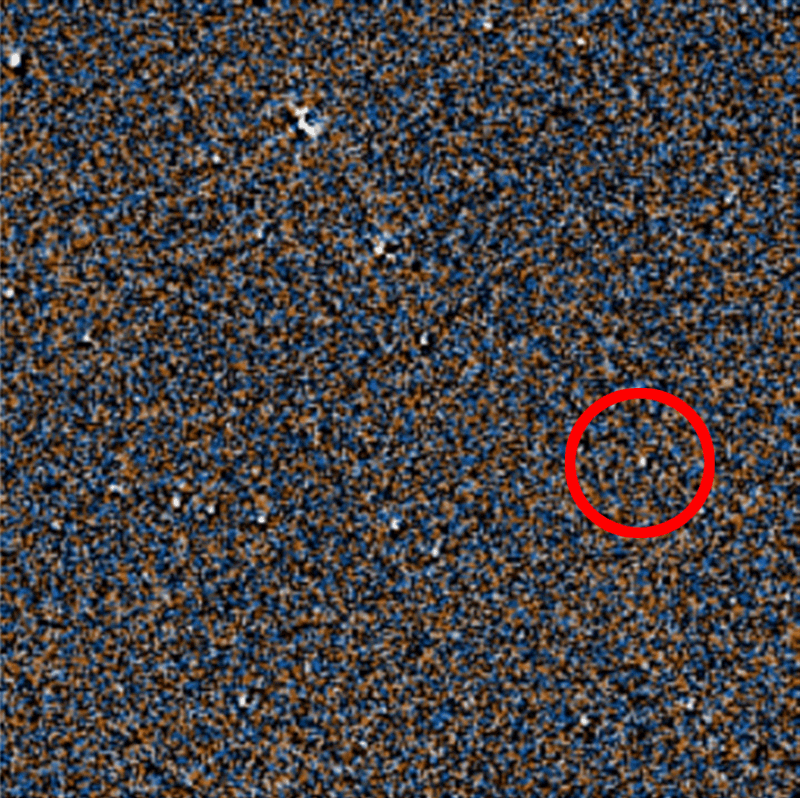New Brown Dwarf, A Star-Planet Mix, Found By Amateur Scientists With NASA Space Images

Citizens scientists have found what experts are calling a “cold new world” — a sort of planet-star hybrid that they missed because it was too faint.
The object is a brown dwarf, much too large to be a planet but too small to create energy and light through the nuclear fusion of hydrogen like a star, and it is almost 111 light years from the sun.
Read: Here Are 6 Dangerous Space Objects Near Earth
The volunteers found the brown dwarf in the endless diamond sky through a project called "Backyard Worlds: Planet 9,” whose goal is to locate a possible “large planet at the fringes of our solar system” as well as brown dwarfs that might be lurking nearby. People who sign on look through NASA survey images and flag items of interest, this increases the odds of discovery by exponentially increasing the number of eyes on these space landscapes. Groups of images are taken of the same location over a period of time, such that a moving object like a brown dwarf will jump around between the dates and stand out.
According to a study in the Astrophysical Journal Letters, this is the “first new substellar object” people have identified through the project.
Six days after the Backyard Worlds site went live, four different people from Tasmania, Russia, Serbia and the United States reached out after spotting the brown dwarf, the American Museum of Natural History reported, and scientists confirmed the discovery with an infrared telescope.
The museum is one of the institutions that helped to develop Backyard Worlds.
Brown dwarfs are not exactly brown, more of a dark red that varies based on the object’s exact temperature, which is determined in part by their age and mass.
This brown dwarf is warmer than Jupiter by a few hundred degrees. Why compare it to the gas giant? Backyard Worlds team member Jonathan Gagné explained in the museum statement that the objects “are strikingly similar to Jupiter so we study their atmospheres in order to look at what weather on other worlds might look like.”
This isn’t the only project that relies on volunteer observers, nor is it the only one that has brought results.
Read: Planet With Huge Rings Eclipses Its Sun & Might Have Moons With Aliens
In May, Australian National University scientists announced that their project, which asks amateurs to contribute to a supernova search, had found one of those exploded stars. The supernova is 970 million light years away, blowing up before dinosaurs even walked the Earth. Two volunteers, from Belgium and Scotland, spotted it and alerted the scientists, who then confirmed the sighting with a telescope. There have been dozens of other possible supernovas detected in that program.
For Backyard Worlds, there are more than 37,000 amateur volunteers who have already looked through more than 4 million image series.
“It’s possible that there is a cold world closer than what we believe to be the closest star to the Sun,” AMNH scientist and Backyard Worlds researcher Jackie Faherty said. “Given enough time, I think our volunteers are going help to complete the map of our solar neighborhood.”
© Copyright IBTimes 2024. All rights reserved.





















